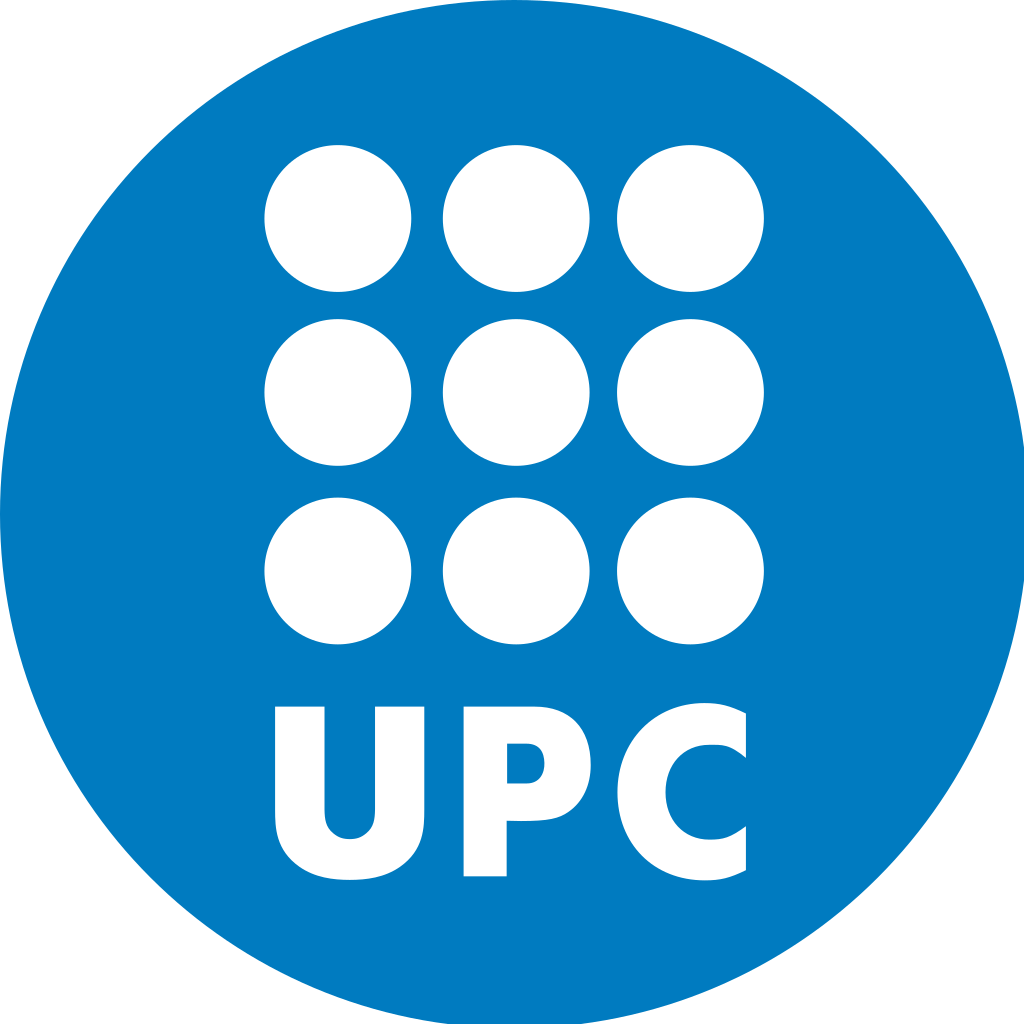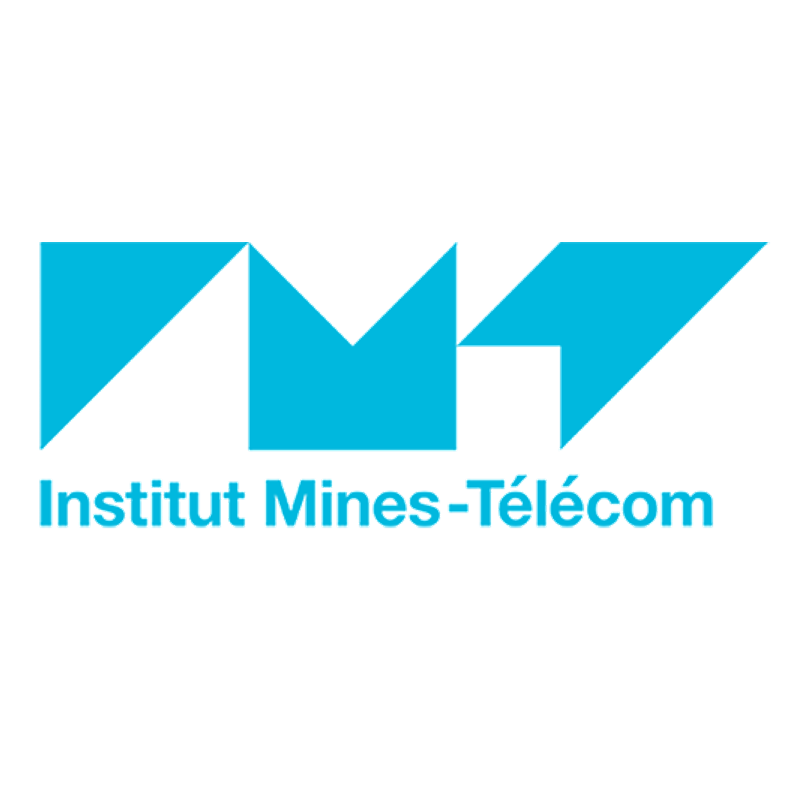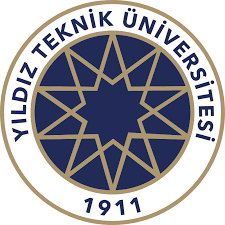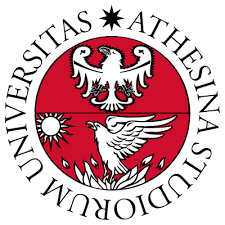
SUSTAIN – Smart Building Sensitive to Daily Sentiment
Buildings are evolving into smart organisms through their unmatched concentration of distributed sensing, actuation and intelligence. Indeed, the current regulatory requirements building automation control systems in tertiary buildings by 2025. Still, despite massively deployed sensors of all kind, instead of actual awareness, nowadays at most unconscious processing (C0) is reached.
SUST(AI)N derives theoretical & experimental underpinnings to combine novel distributed intelligence, unprecedented sensing accuracy, and reconfigurable hardware in a smart building context into a conscious organism that achieves self-awareness through probabilistic reasoning across its connected sustainable devices.
Read more at ResearchGate and at Medium.








